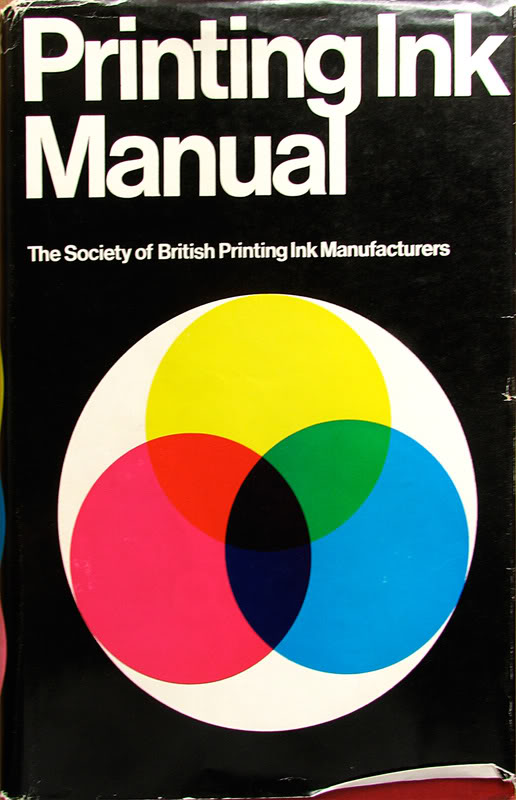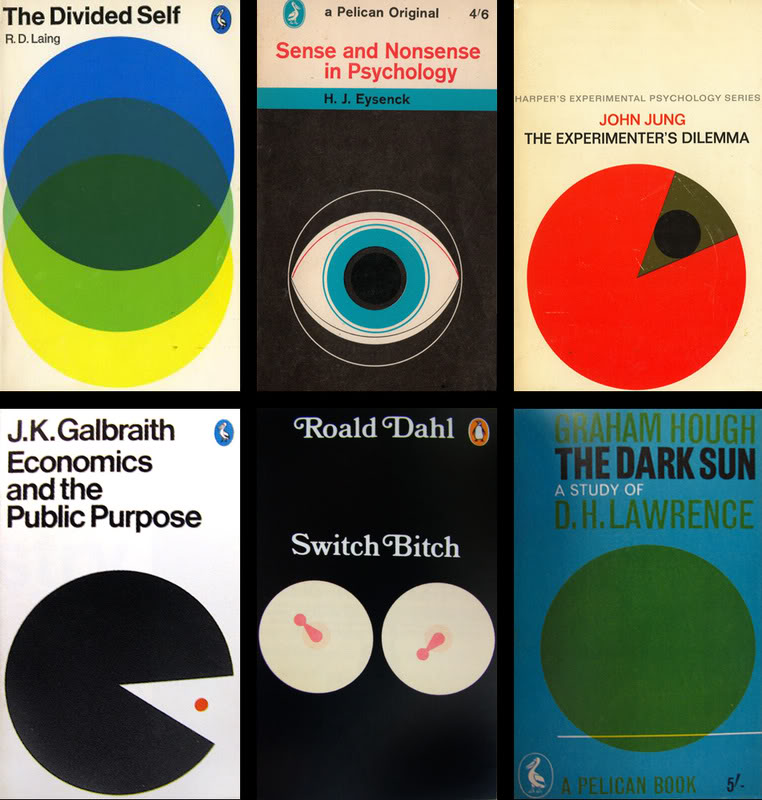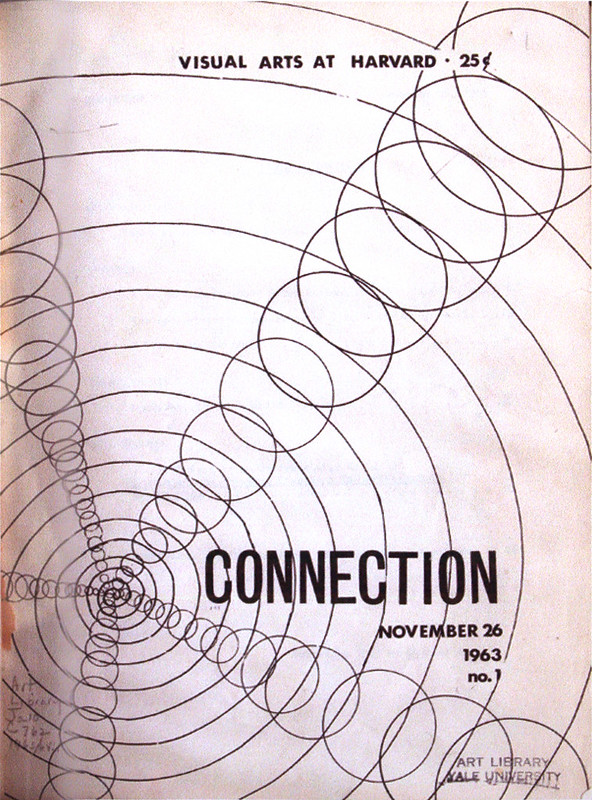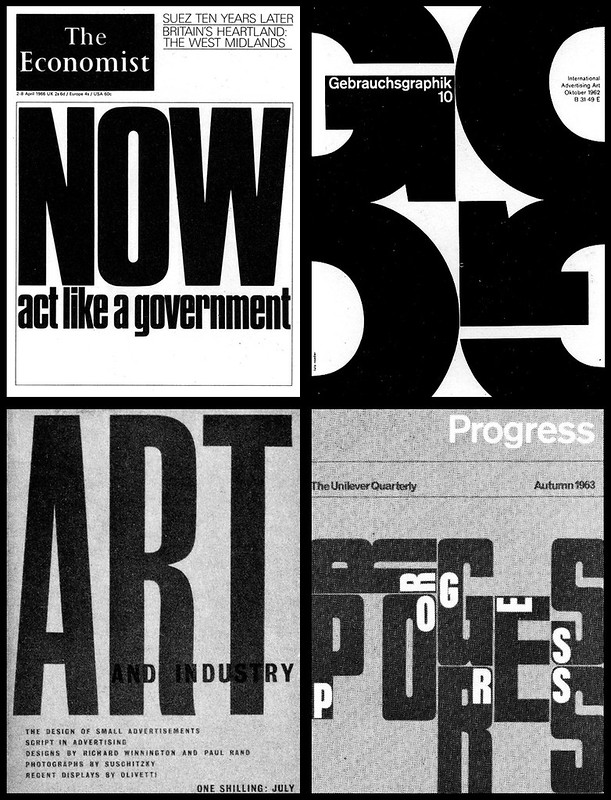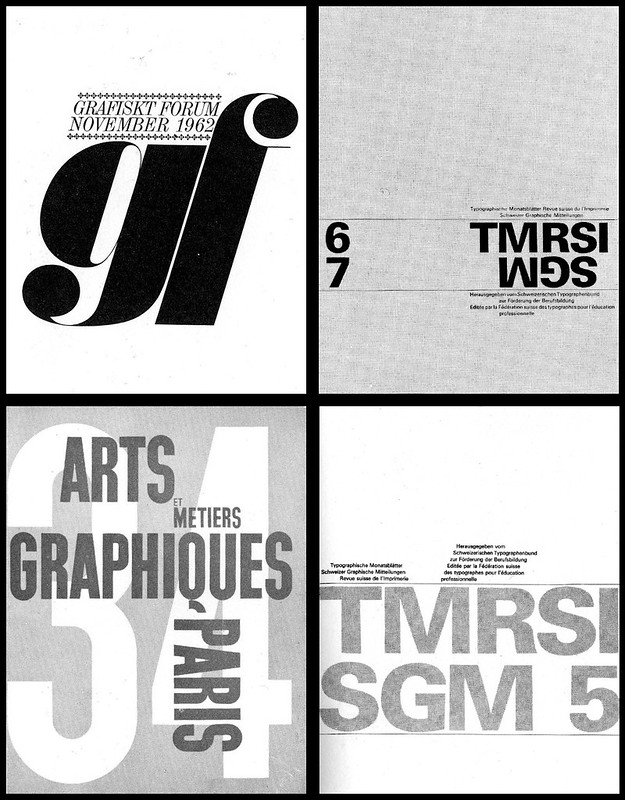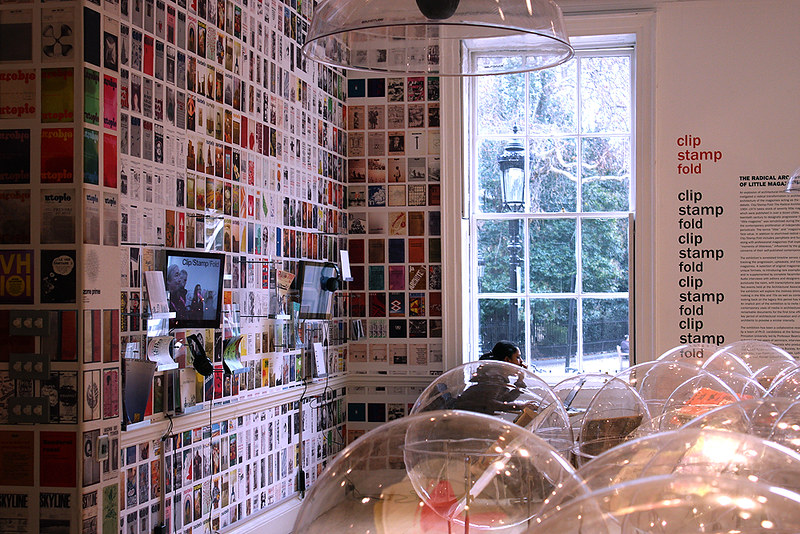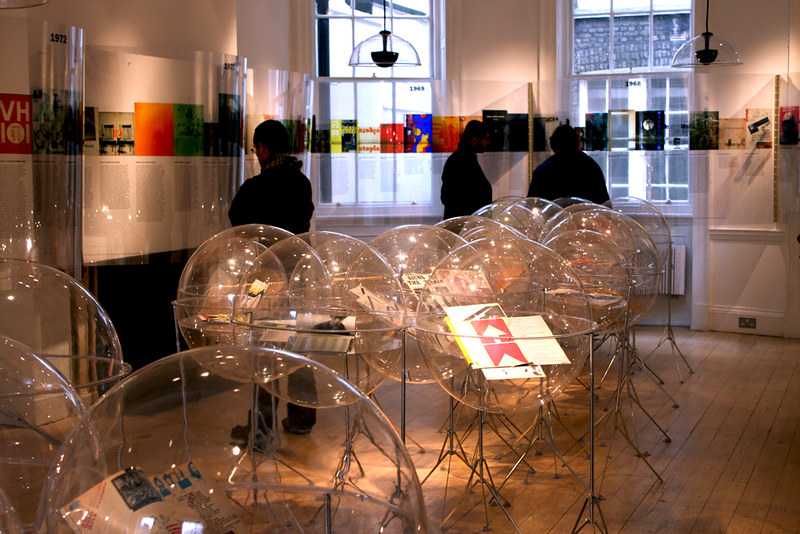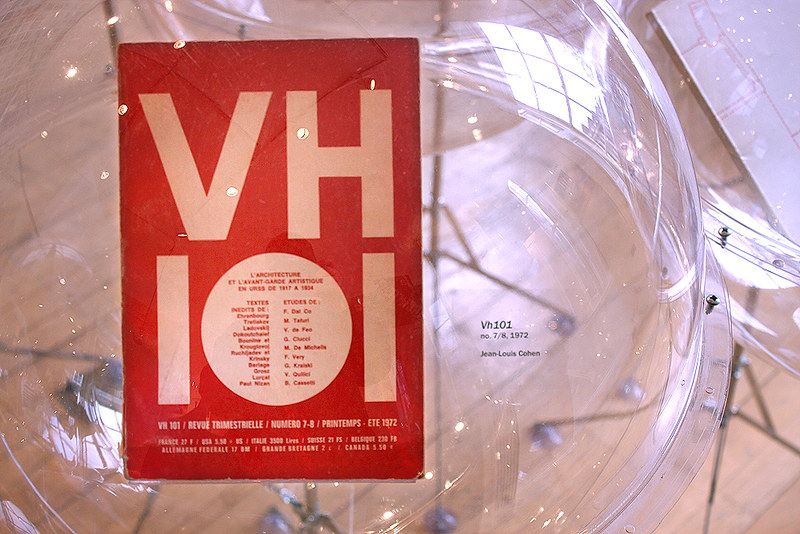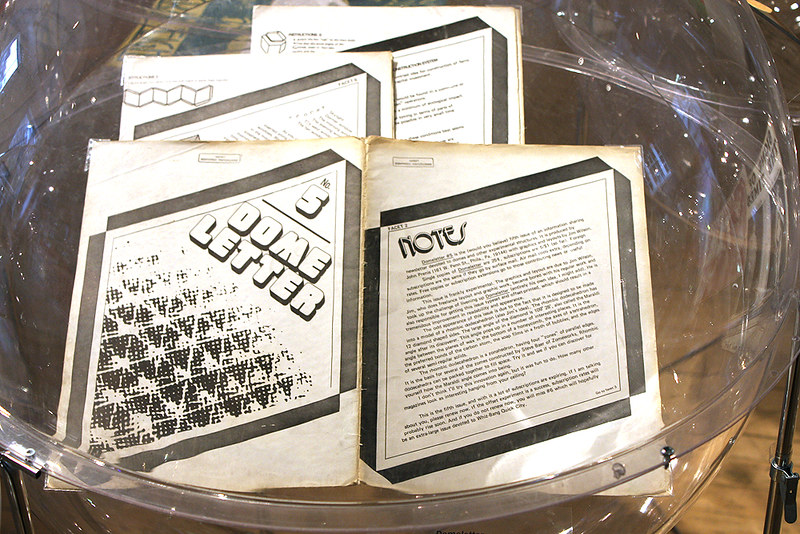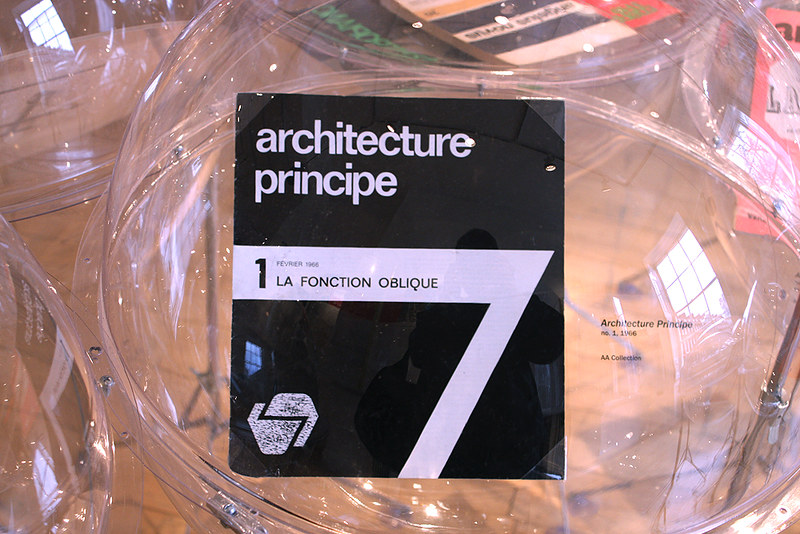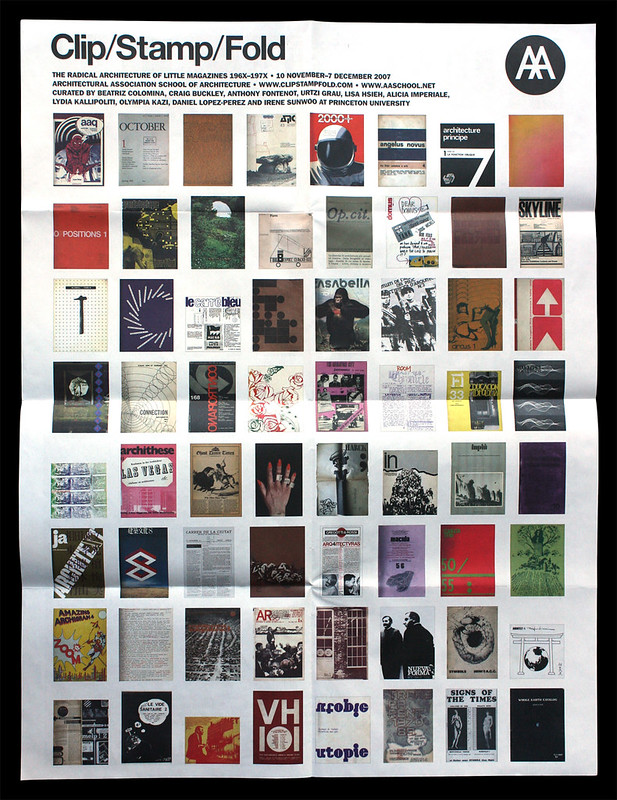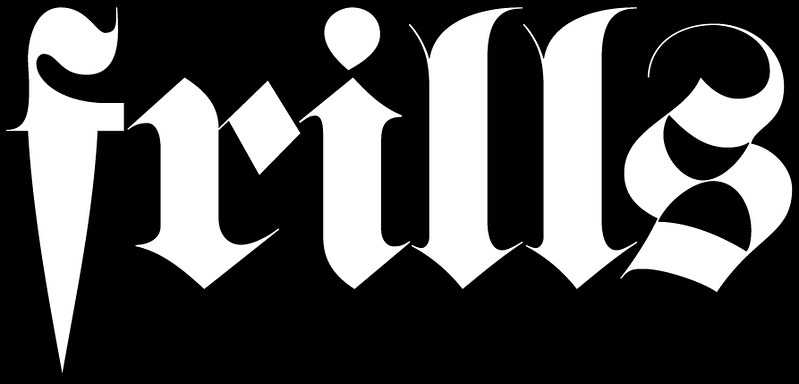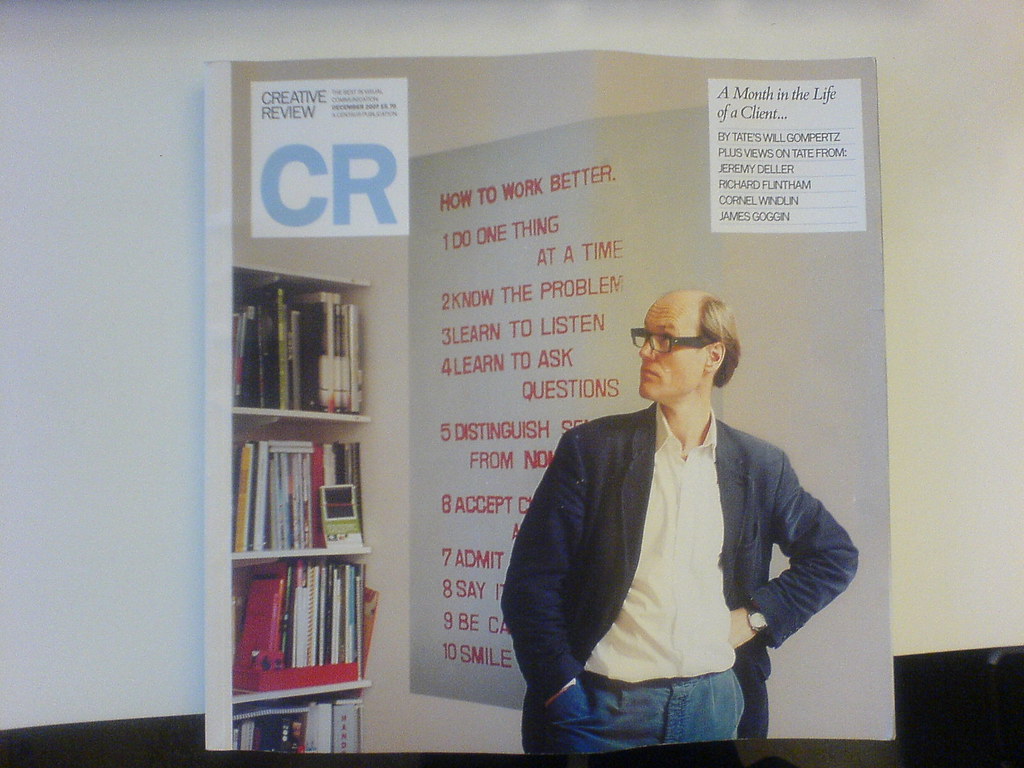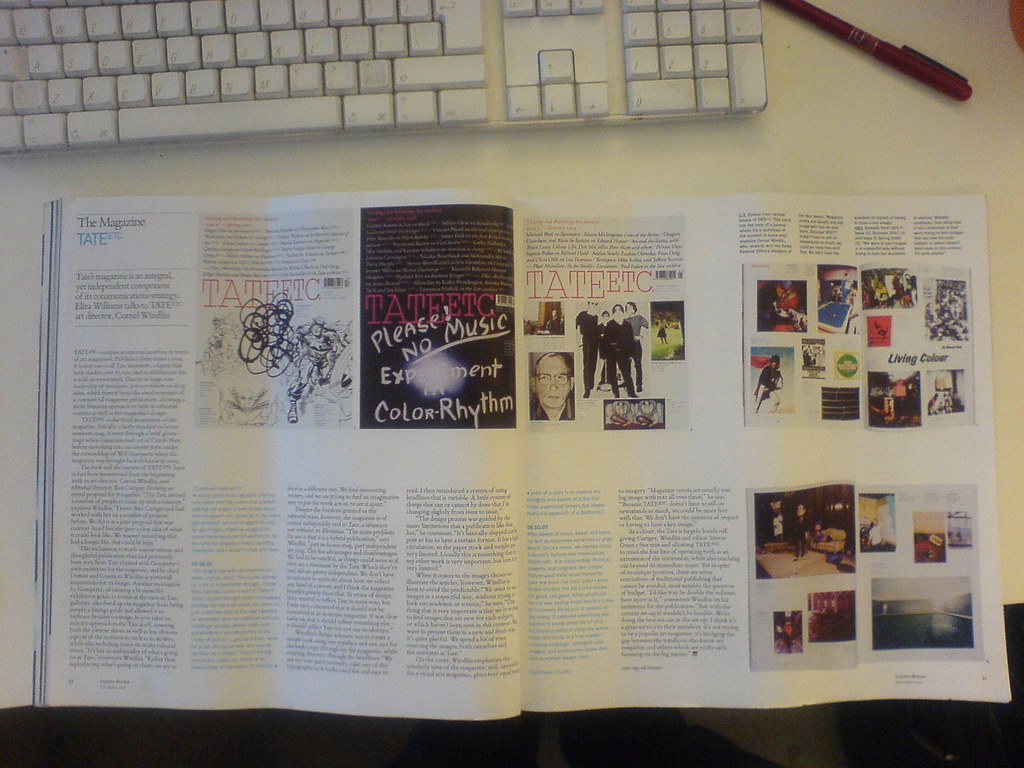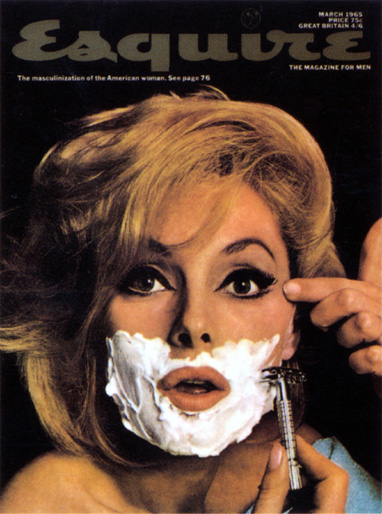
Last night marked the grand opening of The
EDO (Editorial Design Organisation), created to promote and develop the skill, knowledge and appreciation of editorial design in magazines, newspapers and websites. Join up and you get to go to some great talks. On the menu for next year are Robin Derrick: Creative Director of British Vogue, Janet Froelich: Creative Director of The New York Times and the mighty Jonathan Hoefler.
The best parts of last night were:
1: The view. IPC Media's rooftop wintergarden is a great place to behold.
2: The Auction. My favourites were the March 1965 Esquire and a copy of Nova.
3: The quiz. Although we lost terribly.
If you're interested in joining then it's well worth it, especially if you're a student interested in magazines and newspapers. It seems to be a great way to learn from some top people and get to put a few faces to magazines.




